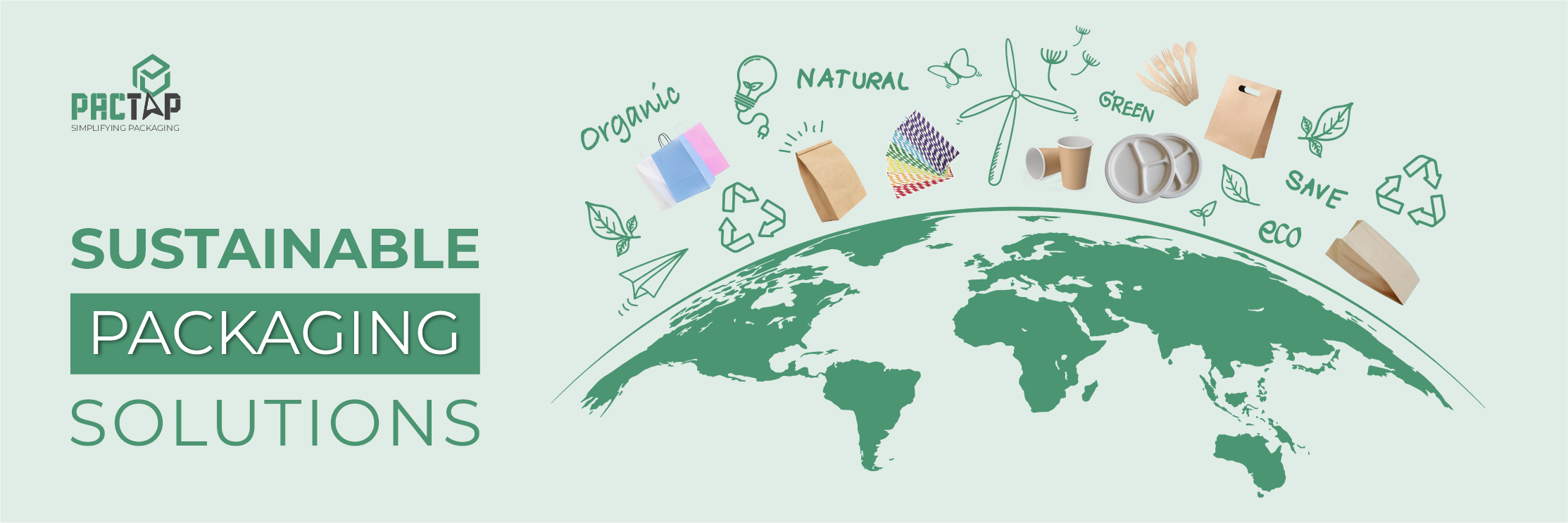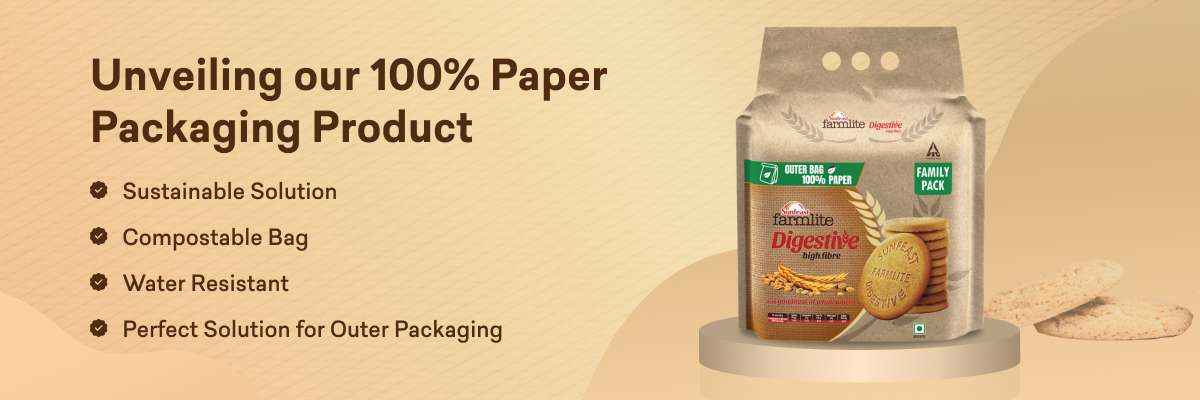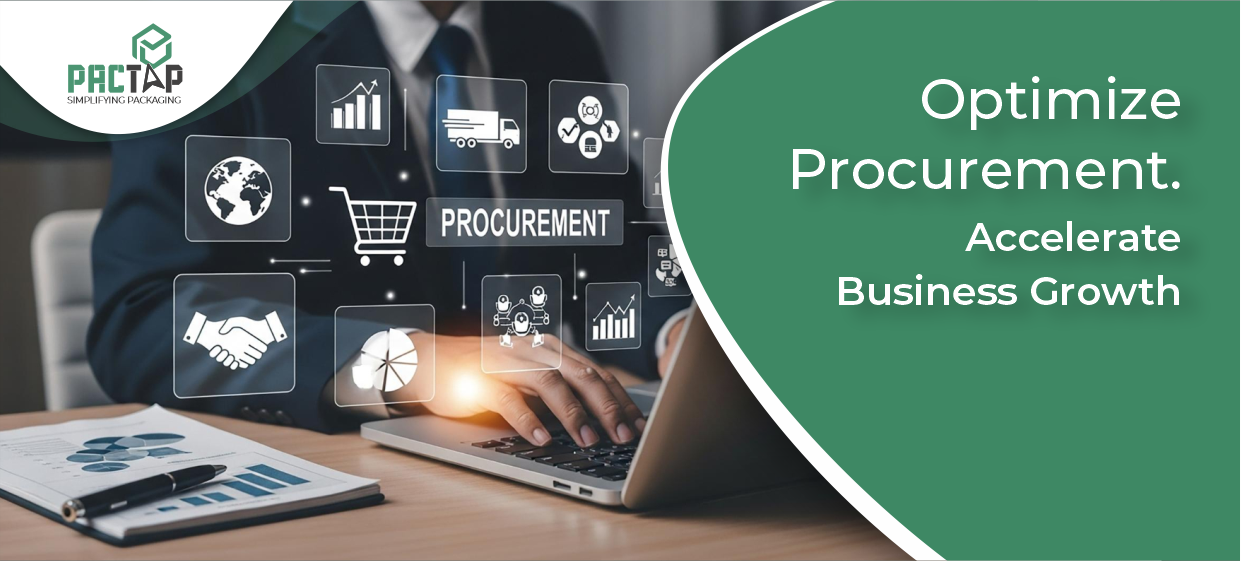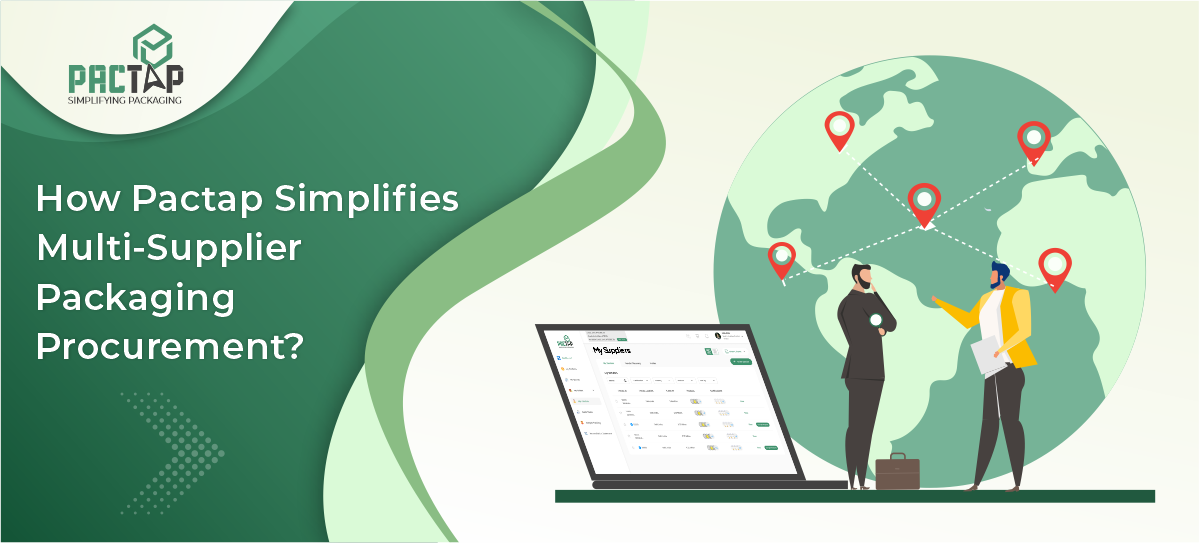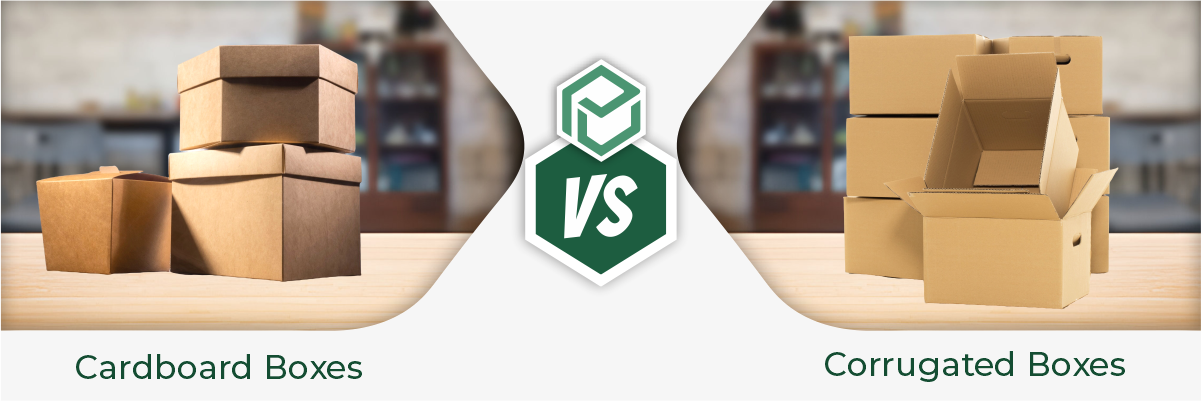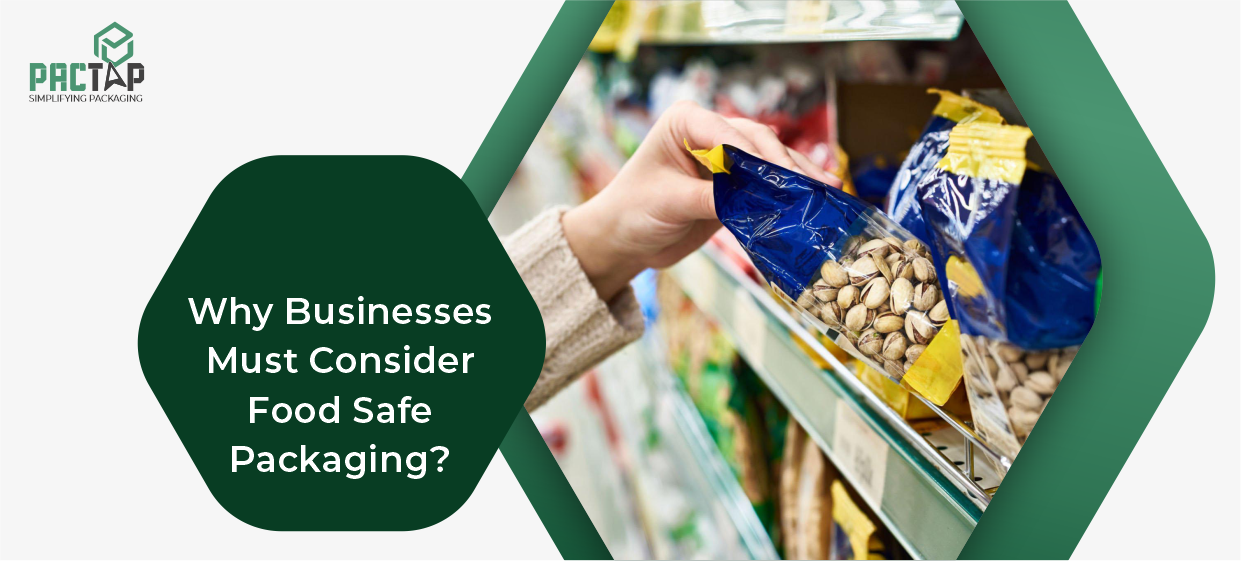In today’s environmentally conscious marketplace, consumers are increasingly demanding sustainable practices from the brands they support. This extends far beyond the product itself, with packaging playing a crucial role in influencing purchasing decisions. Sustainable packaging solutions offer a win-win scenario, allowing businesses to reduce their environmental footprint while enhancing brand reputation and potentially attracting new customers.
What is Sustainable Packaging?
Sustainable packaging is a philosophy that aims to minimize the environmental impact of packaging materials across a product’s entire lifespan. It goes beyond simply slapping a green label on a box and delves into the materials used their production methods, and what happens to the packaging after it serves its purpose. Here’s a breakdown of the key principles that define sustainable packaging
Recyclable Materials
This approach focuses on using materials that can be collected, processed, and transformed into new products. This reduces our dependence on virgin materials, which require significant resources to extract and manufacture. Common examples of recyclable packaging materials include cardboard, paper, aluminum, and certain types of plastic (identified by recycling symbols). The key is ensuring proper recycling infrastructure exists to effectively reprocess these materials.
Compostable Materials
This strategy utilizes packaging that can break down naturally into organic matter within a composting environment. This diverts waste from landfills, where traditional packaging can take hundreds of years to decompose. Plant-based plastics derived from corn starch or cellulose, along with food scraps themselves, fall under the category of compostable materials. It’s important to ensure these materials are composted in industrial facilities with the proper conditions for complete breakdown.
Reusable Packaging
This principle emphasizes designing packaging for multiple uses, eliminating the need for single-use options. This can involve refillable containers for products like detergents or personal care items, glass jars that can be repurposed for storage, or durable cloth bags for shopping. Reusable packaging requires a shift in consumer behavior remembering to return or reuse the packaging but it can significantly reduce waste generation.
Minimalism
Here, the focus is on optimizing packaging to use the least amount of material possible while still ensuring adequate protection for the product. This reduces the overall environmental footprint associated with the packaging’s production, transportation, and disposal. Imagine using a form-fitting pouch instead of a bulky box for a small item. Every bit of material saved translates to less resource extraction and energy consumption.
Recycled Content
This approach involves incorporating post-consumer or pre-consumer recycled content into the packaging itself. Post-consumer recycled content refers to materials already used by consumers and then collected for reprocessing. Pre-consumer recycled content comes from scraps or trimmings generated during the manufacturing process of other products. Using recycled content reduces reliance on virgin materials and promotes a circular economy, where materials are kept in use for as long as possible.
What are the Popular Sustainable Packaging Products?
Sustainable packaging goes beyond just a concept; it translates into a variety of innovative and eco-friendly products that cater to diverse needs. Here’s a closer look at some popular options, along with insights into their growing importance:
Recycled Cardboard and Paper
These remain the workhorses of sustainable packaging, widely used for boxes, mailers, and cushioning. Their continued dominance stems from several factors:
- Readily Available: Cardboard and paper are readily sourced from recycled materials, minimizing reliance on virgin resources and reducing deforestation.
- Cost-Effective: Compared to some newer sustainable options, recycled cardboard and paper are generally more affordable, making them a practical choice for businesses of all sizes.
- Easily Recyclable: Established recycling programs exist for these materials in many regions, making it easy for consumers to dispose of them responsibly. This closed-loop system fosters a circular economy, where materials are kept in use for as long as possible.
Biodegradable and Compostable Packaging
This category offers a greener alternative to traditional plastics, addressing growing concerns about plastic pollution. Made from plant-based materials like corn starch or cellulose, these products offer several benefits:
- Natural Breakdown: They break down naturally into organic matter in a composting environment, diverting waste from landfills and reducing greenhouse gas emissions associated with traditional plastic decomposition.
- Ideal for Food: Their biodegradability makes them ideal for food packaging, takeout containers, and protective films for perishable goods. This is especially important for items with a short shelf life, where conventional plastic packaging might outlast the product itself.
Mushroom Packaging
This innovative option utilizes mycelium, the root network of fungi, to create lightweight yet sturdy packaging. Here’s what makes it stand out:
- Eco-Friendly Production: Mushroom packaging requires minimal resources to grow, often utilizing agricultural waste as a substrate. Additionally, it is fully compostable at the end of its life cycle, minimizing its environmental footprint.
- Gaining Traction: This innovative material is gaining popularity in the electronics and apparel industries due to its protective properties and ability to be molded into various shapes. Its lightweight nature also helps to reduce transportation emissions.
Edible Coatings and Films
This option tackles plastic waste in the produce aisle, offering a natural alternative to conventional plastic films:
- Natural Ingredients: Edible waxes, gels, or coatings derived from natural ingredients like beeswax or plant oils replace plastic films on fruits and vegetables. These coatings can also help extend shelf life by reducing moisture loss.
- Reduces Plastic Waste: By eliminating the need for plastic wrap, edible coatings contribute to a more sustainable food packaging system. This translates to a significant reduction in plastic pollution and its associated environmental impact.
Water Soluble Packaging
This type of packaging offers a solution for single-use applications where complete dissolution is desired:
- Dissolves Completely: Made from polyvinyl alcohol (PVOH) or other water-soluble polymers, this packaging dissolves completely in water. This eliminates concerns about microplastics entering the environment and simplifies disposal.
- Ideal for Single-Use: It’s ideal for single-use applications like laundry detergent pods or dishwasher pods, where complete dissolution is necessary for the product to function effectively.
Upcycled Packaging
This approach promotes resourcefulness and minimizes waste, aligning with the principles of a circular economy:
- Transforming Waste: Existing materials like fabric scraps, coffee grounds, or agricultural waste are given a new life as packaging solutions. This reduces reliance on virgin materials and diverts waste from landfills. For example, coffee grounds can be used to create cup sleeves or even molded into packaging for other products.
- Reduces Landfill Waste: By utilizing materials that would otherwise end up in landfills, upcycled packaging promotes a more circular economy, where materials are kept in use for as long as possible. This reduces the overall environmental impact associated with resource extraction, production, and disposal.
Reusable Packaging Systems
These options encourage a shift towards a more sustainable consumption pattern, promoting a shared responsibility between businesses and consumers:
- Multiple Uses: Refillable containers, returnable glass bottles, and durable cloth bags are designed for multiple uses, significantly reducing single-use packaging waste. This can be particularly effective for products with a long shelf life or that are frequently repurchased.
- Consumer Behavior Shift: Reusable packaging systems require a change in consumer behavior, encouraging them to return or reuse the packaging. Businesses can incentivize this behavior through deposit programs or loyalty rewards. However, the long-term environmental benefits are significant, as reusable packaging can significantly reduce waste generation over its lifespan.
These sustainable packaging products offer a glimpse into a future where minimizing environmental impact is a key consideration throughout the product lifecycle. By choosing these options, businesses and consumers can work together
What are the Benefits of Sustainable Packaging for Businesses?
Sustainable packaging is not just an environmental responsibility but a smart business decision. Here’s an overview of the major benefits:
Building Brand Image and Customer Loyalty
In today’s market, consumers are increasingly making purchasing decisions based on a brand’s values. By implementing sustainable packaging, businesses can demonstrate their environmental commitment and resonate with eco-conscious customers. This translates to:
- Enhanced Brand Image: Sustainable packaging can become a brand differentiator, fostering a positive brand image and attracting environmentally conscious consumers.
- Increased Customer Loyalty: Consumers who value sustainability are more likely to be loyal to brands that share their values. Investing in sustainable packaging can build stronger customer relationships and loyalty.
Cost Savings and Operational Efficiency
Transitioning to sustainable packaging can offer significant cost-saving opportunities beyond just environmental benefits:
- Reduced Waste Disposal Costs: Many regions have varying costs associated with waste disposal. Sustainable packaging solutions that are recyclable or compostable can minimize waste disposal fees, translating to cost savings for businesses.
- Improved Supply Chain Efficiency: Sustainable packaging often focuses on using minimal material while maintaining product protection. This can lead to lighter and more compact packaging, resulting in reduced transportation costs and a lower carbon footprint throughout the supply chain.
Innovation and Future-Proofing
Sustainable packaging isn’t just about using existing materials; it’s also a springboard for innovation:
- Potential for Innovation: The push for sustainability has led to the development of new, more efficient packaging materials and processes. Businesses that embrace sustainable practices are at the forefront of this innovation, positioning themselves for future success.
- Regulatory Compliance: Regulations around plastic waste and packaging disposal are constantly evolving. By adopting sustainable practices, businesses can stay ahead of the curve and avoid potential compliance issues in the long run.
Implementing Sustainable Packaging Solutions: A Step-by-Step Guide
Here’s a step-by-step guide to help businesses transition to sustainable packaging solutions:
- Audit Current Packaging: Analyze current packaging materials, quantities, and disposal methods to identify areas for improvement.
- Define Sustainability Goals: Establish clear goals for incorporating sustainable packaging, such as increasing recycled content or achieving a specific waste reduction target.
- Evaluate Product Needs: Consider the specific protection requirements of your products and identify suitable sustainable alternatives.
- Research and Source Sustainable Materials: Explore various sustainable packaging options available from responsible suppliers and manufacturers.
- Partner with Sustainable Packaging Experts: Collaborate with packaging consultants or design firms specializing in sustainable solutions for customized recommendations.
- Communicate the Change: Inform customers about your commitment to sustainable packaging through clear messaging on packaging and marketing materials.
- Track and Measure Progress: Monitor the effectiveness of your sustainable packaging practices by tracking waste reduction, customer feedback, and potential cost savings.
What are the sustainable solutions to packaging?
Sustainable packaging solutions aim to minimize environmental impact while still fulfilling their functional purpose. Here are some common approaches:
- Biodegradable and compostable materials: These materials break down naturally, reducing waste and pollution. Examples include plant-based plastics, paper, and cardboard.
- Recyclable materials: Materials that can be reprocessed into new products, such as glass, metal, and certain types of plastic.
- Reusable packaging: Packaging that can be used multiple times, reducing waste and resource consumption. Examples include reusable shopping bags and containers.
- Reduced packaging: Minimizing the amount of packaging used, often through efficient design or bulk packaging.
- Sustainable sourcing: Ensuring that materials used for packaging are sourced responsibly, supporting sustainable practices and minimizing deforestation.
How can we make packaging more sustainable?
Here are some strategies for making packaging more sustainable:
- Design for sustainability: Consider the entire lifecycle of packaging when designing products. Minimize waste, use recyclable materials, and optimize packaging size.
- Choose sustainable materials: Opt for biodegradable, compostable, or recyclable materials whenever possible.
- Reduce packaging: Minimize the amount of packaging used by eliminating unnecessary components or using bulk packaging.
- Reuse and recycle: Encourage consumers to reuse or recycle packaging whenever possible.
- Support sustainable sourcing: Ensure that materials used for packaging are sourced responsibly, supporting sustainable practices and minimizing deforestation.
What is the best sustainable packaging?
The “best” sustainable packaging depends on the specific product and its requirements. However, some materials are generally considered more sustainable than others, such as:
- Paper and cardboard: These materials are biodegradable and recyclable, making them good choices for many products.
- Biodegradable plastics: Made from plant-based materials, these plastics break down naturally and reduce waste.
- Reusable packaging: This can be a great option for products that are frequently purchased or used.
- Glass and metal: These materials are recyclable and can be reused multiple times.
What are the 5 R’s of sustainable packaging?
The 5 R’s of sustainable packaging are:
- Reduce: Minimize the amount of packaging used.
- Reuse: Use packaging multiple times.
- Recycle: Reprocess packaging materials into new products.
- Refuse: Avoid unnecessary packaging.
- Rethink: Consider sustainable alternatives to traditional packaging materials.
What are the three green sustainable packaging trends?
- Plant-based packaging: Increasingly popular, plant-based packaging materials offer biodegradable and compostable alternatives to traditional plastics.
- Minimalist packaging: The trend towards reducing packaging waste is leading to simpler and more efficient designs.
Reusable packaging: As consumers become more aware of the environmental impact of single-use packaging, reusable options are gaining popularity.
Conclusion
Sustainable packaging solutions are no longer a niche concept but a crucial consideration for businesses of all sizes. By embracing sustainable practices, businesses can minimize their environmental impact, enhance brand reputation, and potentially gain a competitive edge. As technology and innovation continue to advance, the future of sustainable packaging is bright, offering exciting opportunities for businesses to contribute to a greener future.
Call to Action:
Ready to take the first step towards sustainable packaging? Research sustainable packaging suppliers in your area, explore online resources for design inspiration and consider partnering with sustainability experts to create a customized plan. Remember, small changes can lead to significant environmental benefits, and every step towards sustainable packaging makes a difference.
